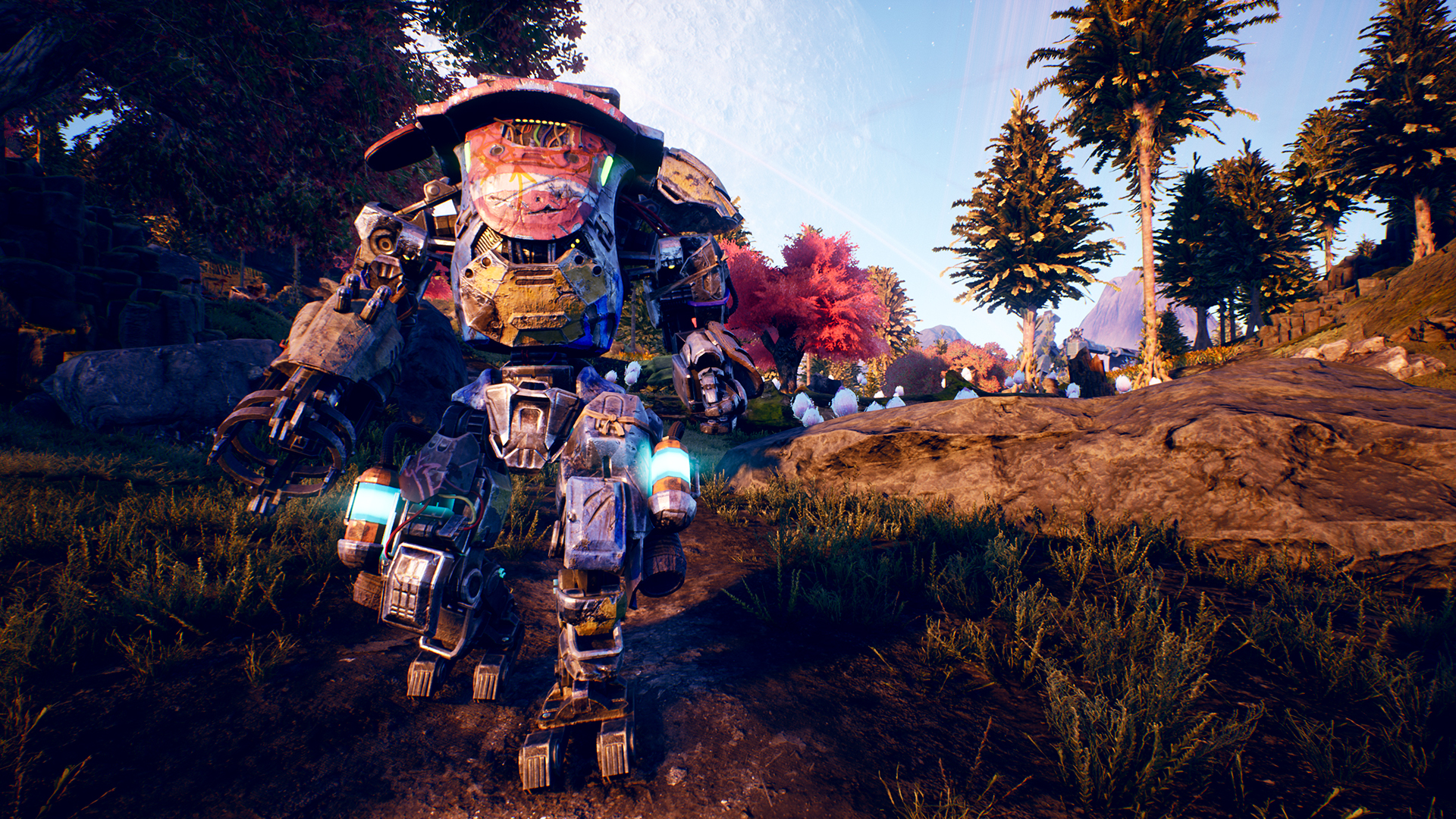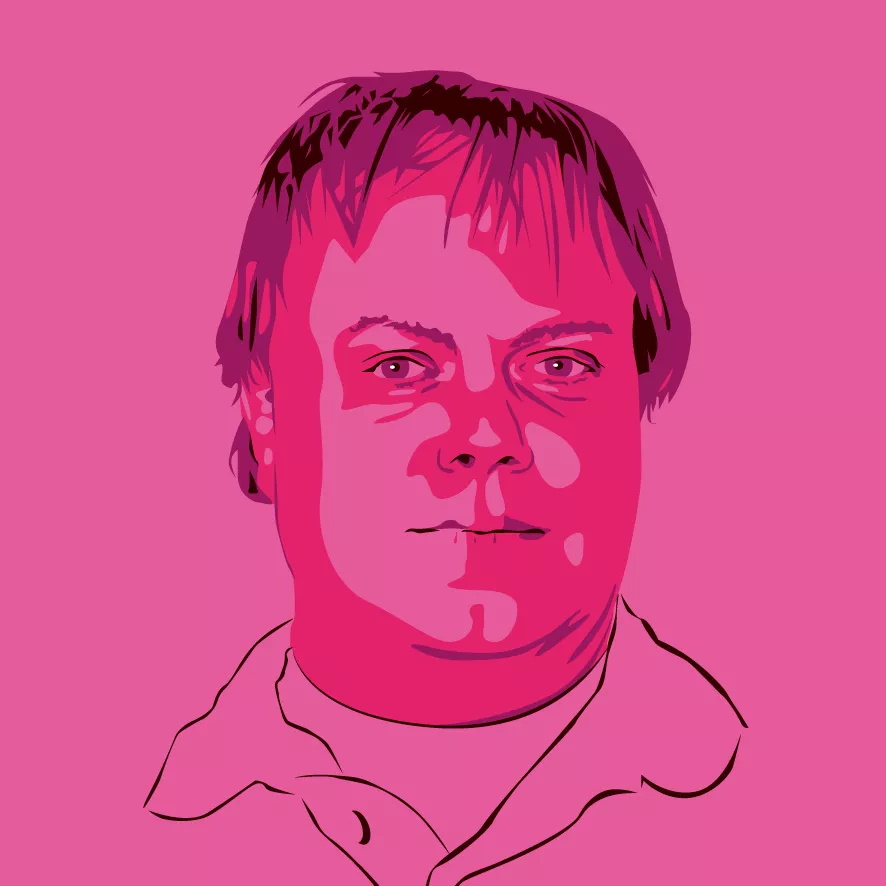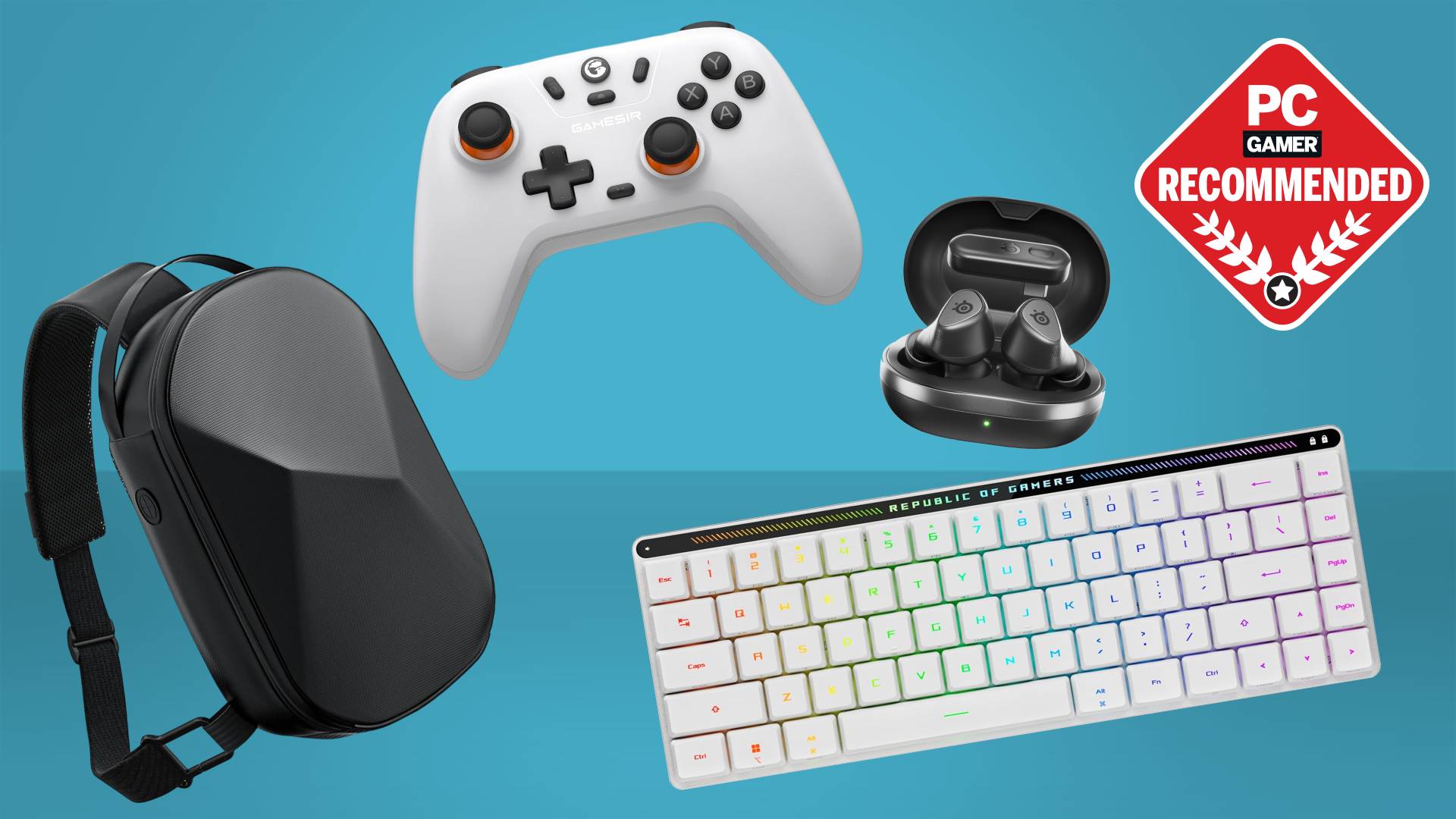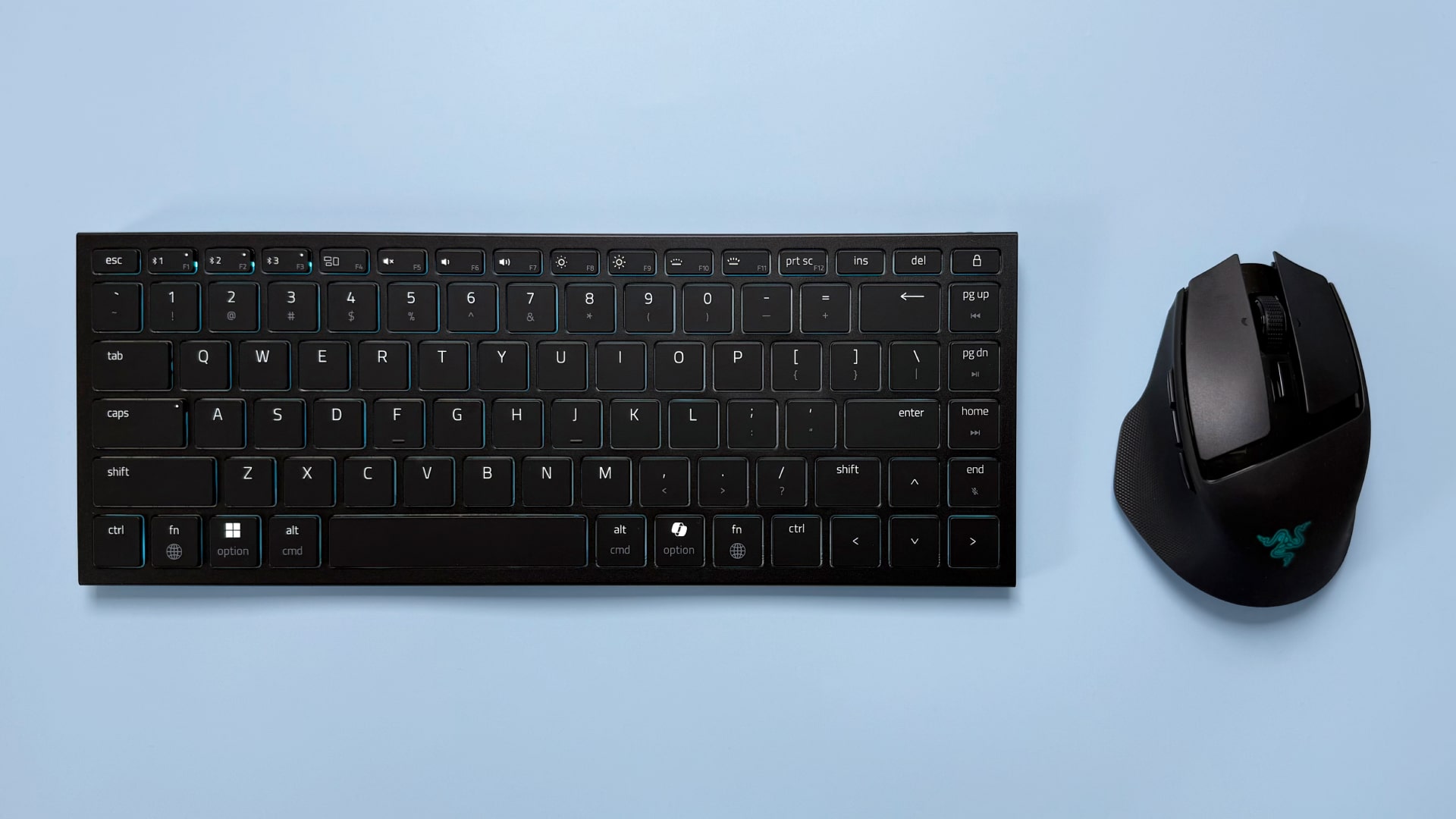The Outer Worlds will feature VATS-like slo-mo combat and unique companions
It's an RPG first, but it looks like a shooter so Obsidian wants to ensure that it feels like one too.

Obsidian's The Outer Worlds is an RPG, and that means you'll be doing lots of talking and exploring and sneaking around in places you shouldn't be. It also means lots of fighting, because no matter how conversational you might like to be, sooner or later you're going to end up in a scrap. (And then another, and another, and another, and you probably haven't even left the tutorial area yet.)
Speaking to Game Informer, co-director Tim Cain and lead designer Charles Staples explained what the developers are doing to ensure that players don't end up either bogged down in, or bored with, too much fighting.
"I don't want anyone to either think our combat's boring, but I also don't want them to think there was too much rote combat in the game," Cain says in the video. "I want them to come away thinking that combat was exciting, it was fun when it happened, it was a little scary—you could always die, there's always a chance you could die—but that if you basically thought about it and were tactical, you could get through pretty much any encounter."
A major part of that will be TTD—"Tactical Time Dilation"—which looks quite similar to Fallout's VATS. Staples said the slo-mo system will enable people who "are not the best FPS players" to still be tactically effective in combat, while those who are handy with digital firearms can use it to take advantage of bonus effects conferred by plugging someone in a particular part of the body. Your TTD reservoir will drain at varying rates depending on what you're doing: You'll have plenty of time to stand around enjoying the scenery, but the clock will run down much faster once you start shooting at people.
Companions will also feature prominently in fights: They can be given orders, will have their own special abilities, and will lend their combat skills to "leader" characters, who aren't as proficient in combat as other types. Companions can also be assigned "perks" that will change how those abilities work in different ways.
Weapons will come in different types, like energy, kinetic, and melee, as well as different "brands" that will focus on different priorities. Spacer's Choice weaponry, for instance, tends to break down a lot, but they're also really cheap and easy to fix, while another brand enables a higher-than-usual degree of customization. Players will access to a little bit of everything in the early game, and can "scale up" to heavier firepower as the game progresses.
I think it really says something that The Outer Worlds appears on our list of most anticipated RPGs of 2019, and most promising shooters. As Staples put it, "We are an RPG first, but it still looks like a shooter, so it needs to play like a shooter."
Keep up to date with the most important stories and the best deals, as picked by the PC Gamer team.
The Outer Worlds is currently expected to be out sometime this year.

Andy has been gaming on PCs from the very beginning, starting as a youngster with text adventures and primitive action games on a cassette-based TRS80. From there he graduated to the glory days of Sierra Online adventures and Microprose sims, ran a local BBS, learned how to build PCs, and developed a longstanding love of RPGs, immersive sims, and shooters. He began writing videogame news in 2007 for The Escapist and somehow managed to avoid getting fired until 2014, when he joined the storied ranks of PC Gamer. He covers all aspects of the industry, from new game announcements and patch notes to legal disputes, Twitch beefs, esports, and Henry Cavill. Lots of Henry Cavill.

